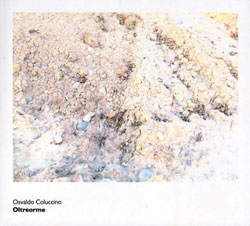
Italian composer Osvaldo Coluccino performed these minimal works using acoustic objects only: no musical instruments, no power tools, nor appliances, nor other electric machines, and no post electronic processing.
Out of Stock
Quantity in Basket: None
Log In to use our Wish List
Shipping Weight: 3.00 units
Sample The Album:
Osvaldo Coluccino-acoustic objects
Click an artist name above to see in-stock items for that artist.
Label: Another Timbre
Catalog ID: at61
Squidco Product Code: 17498
Format: CD
Condition: New
Released: 2013
Country: UK
Packaging: Cardstock gatefold foldover
Recorded between August and December, 2012 in North-West Italy.
"Listen to this work at normal (low-mid) volume, ie almost imperceptible, impalpable, elusive and whispered sounds should remain that way and in their space (and their spatialization), without forcing the volume (without searching for the close-up). Here this work only when there is absolute silence around.
The title is made up of two Italian words joined together, "oltre" (beyond) and "orme" (footprints, or traces). In Italian there are words already joined together like this, such as "oltreoceano" (overseas) "oltreteomba" (afterlife), "oltralpe" (beyond mountains) etc. but in this case, this composed work "oltreorme" (beyondtraces), is a new creation.
Oltreorme uses played acoustic objects only: no musical instruments, no power tools, nor appliances, nor other electric machines, and no post electronic processing. It was composed and performed by Osvaldo Coluccino, North-West Italy, from August to December 2012."-from the liner notes
An Interview with Osvaldo Coluccino:
Like your previous CD Atto, Oltreorme is entirely for acoustic objects. However, it feels very different. How would you describe the differences between the two?
I can start by saying that both Atto and Oltreorme belong to the same branch of my work (I identify only two branches in my musical history: 1) writing for classical musical instruments, 2) electroacoustic music and music for acoustic objects). But as with all my recording projects, both have their own individual path. Each of my albums explores a specific research path, with its own 'themes', colours, atmosphere, climate, timbre, poetry, philosophy, with its breath, its light... though always, of course, within a certain stylistic ambit.
Following on from this, I can say something about what I think is particular to Oltreorme, and highlight two peculiarities, 'the almost non-listenability' and 'the dissipation'.
Speaking about the first peculiarity, which distinguishes Oltreorme from Atto: the effort of a minimum, transparent and hypersensitive emission of sound (or of the 'breath of the objects'), as well as the effort of perception, not only acoustic perception, are here sometimes taken to the limit of what is humanly possible, with results that seem to me of great delicacy.
This suggests that a minimum of performative gestures and a minimum amount of sound was used. And this is true, but the important thing is not to confuse this creative method with a minimalist attitude. I think we could speak more appropriately, and at most, of a 'distilled music', due to the concentration and calmness, the fragile tension of each sign or cluster of sounds, but all within the controlled richness that is typical of my artistic creation beyond this album.
This timeless suspension, combined with the use of so much constructive silence, refers to an objective inwardness in which everything takes place and must have its own space, then reflects back on the outside with an intensity and naturalness.
Unlike Atto, Oltreorme is a work which, as I wrote in the short sleevenote to the disc, requires an absolutley specific situation for listening, and perhaps also a slow maturation of one's mode of listening.
As concerns the other distinctive peculiarity of Oltreorme, the 'dissipation'... Well, give yourself over to it with a special dedication, lose yourself in the sounds, and best wishes...
You are clear that Oltreorme isn't to be seen as a work of 'minimalism', but I wondered whether through it you are engaging with the notion of 'silence' in a way that is different from what you have done previously, at least in the 'electroacoustic & acoustic objects' branch of your musical history.
I didn't base the work on any concept, but I have no doubt that Oltreorme is the apex in terms of my research about silence. It was an exclusive immersion for months, trying to sink into a silent 'antrum' and to block out other 'loudspeakers'. This event has no relation to any experience of conceptual art, where the silence would be announced and nothing more; with the creation of Oltreorme, initially the silence was experienced in the first-person and then is offered in substance.
My work on the unconscious is personal and innate, while my in-depth studies several years ago on psychoanalysis and twentieth century philosophy - Lacan, Derrida, Deleuze, Matte Blanco etc. - have reinforced my inclination to travel with the unconscious. Entering the fascinating dark spaces of the unconscious also leads to silence.
As for the aesthetic and emotional outcomes, I hope that every listener freely associates them according to their personal preferences and individual sensibility, associating these silences - even because of arbitrary or improbable combinations - with silences in a painting they like, or even with the silences in Luigi Nono's Fragmente-Stille, or with those in just a few of Cage's pieces, or with artistic results derived from well-known notions of silence from Eastern philosophies (I often say about self-loss and dissipation, renunciation of the will, that I do not believe in the centrality of human beings; I say in all sincerity that I do not feel myself superior to an ox for slaughter, or to an ant...), or, better still, without attaching Oltreorme to anything more than itself.
Going back to the division you make in your musical history, I wonder why you keep the branch of works for traditional classical instruments so separate from the branch of your work that includes your pieces for acoustic objects? I personally enjoy a lot of pieces where everyday, 'non-musical' sounds are combined with traditional instruments. Is this a direction that you might move in, or are the two areas necessarily separate for you?
Certainly it's a direction in which I could go. And in a way I've already been there, even if in a different way, i.e. I composed pieces in which noise, generically understood, was combined with classical musical instruments in their natural state (unprocessed). On previous occasions it was electroacoustic, so a mixture of sound from acoustic instruments, from acoustic objects and electronic post-processing. For example Absum IV and V from 1999. In the first case it was acoustic objects and electronic processing, while in Absum V I played the violin and juxtaposed electronic processing. Also Dimensioni and Differenza, still from 1999 but from another collection, where, in the first case, a 'voce bianca', from a female child, was singing, while in the second piece I played the piano and juxtaposed electronic distortions from recordings of the same. Something like this also occurred in Nell'attimo in the same collection but with percussions. And finally there is Etra, from 2008, with the violin again, and Stigma with the trombone as well...
The main reason why I keep the two branches separate is that in this branch I'm alone, composer-performer, working without any mediation by other interpreters. This constitutes a different dimension. Neither better nor worse.
I can add that I am a rather monothematic kind of man, that is, I like the purity of collections divided into sets according to instrumentation, e.g. music for vocal ensemble or string quartet or piano trio only or solo piano or acoustic objects only or electroacoustic music only, and so on.
However, your question is timely: it was already my intention to prepare a new work post Oltreorme over the next two years, which would consist of acoustic instruments as well, though still with no electronic processing.
Lastly, could you explain the title 'Oltreorme'?
As I wrote in the sleevenote, 'oltreorme' is a word that doesn't exist in Italian. It's formed of two words which I have arbitrarily stuck together: 'oltre' + 'orme' ('beyond' + 'footprints').
Although I said that I don't want my music to be dependent on concepts, I'd like to finish the interview by talking about how poetic feelings and metaphors can work independently but in a complementary way.
Quite often the titles of my creations are twofold (sometimes there is polysemy, sometimes anagram, semantic resonance etc.). 'Beyond footprints' might allude to at least two situations:
1) being located after the event, having to do with that which follows a passage (remembrance, regret, holograms from lost flowers, halos beyond the fossils...), so this has to do with a temporal deferral,
2) being located now, simultaneously, in parallel, beyond the surface event.
But... back to the music, nothing is onomatopoeic or mimetic. The music is a new world.
Artist Biographies
• Show Bio for Osvaldo Coluccino "Osvaldo Coluccino (1963) is a composer and poet. He composed vocal, instrumental and electroacoustic music. His compositions have been commissioned by various festivals (Teatro La Fenice di Venezia, Muziekcentrum De Bijloke Gent, Transit Festival Leuven, Venice Biennale, RAI National Symphony Orchestra, Conservatoire Royal de Bruxelles, Milano Musica (Teatro alla Scala), Angelica Festival with Orchestra del Teatro Comunale di Bologna, Compagnia per la Musica in Roma, Orchestra della Toscana in Firenze...), and have been performed in several prestigious locations around the world (Festival de Royaumont, in co-production with IRCAM-Centre Pompidou, Paris, Guildhall School Of Music & Drama, London...) and in special spaces of art and history (Egyptian Museum in Turin, Museo del Novecento in Milan, Manifesta the European Biennial of Contemporary Art, Castle of Rivoli International Museum of Contemporary Art, Ateneo Veneto Scuola Grande di San Fantin in Venezia...). His discs have been released by the major labels for contemporary classical music (Kairos, Neos, Col legno, Die Schachtel, Another Timbre...). His works have been performed by renowned ensembles (Ensemble Recherche, Exaudi Vocal Ensemble, Nieuw Ensemble...), orchestras, conductors and soloists (Roberto Fabbriciani, Jan Michiels, Fabrizio Ottaviucci...). Important music historians and musicologists have written about his music (and reviews on Diapason, 5 diapasons, France, Gramophone, London, Takte Bärenreiter-Magazin, Germany, MusicWeb International, UK, American Record Guide, USA, Classic Voice and Amadeus, 5 stars, Italy...). His music has been broadcasted on national radios (SWR, Radio France, ORF, RAI, BR-Klassik, RTBF, VRT, Concertzender, Radio Slovenija, RTP...). Several scores are published by RAI Trade editions. Discovered in 1990 by one of the leading literary scholars (Légion d'honneur) Stefano Agosti, Osvaldo Coluccino has also carried out an intense activity as a poet between 1987 and 2003, with published books. He also made artist books with Marco Gastini, Franco Guerzoni and Wainer Vaccari and has participated in events or works with internationally renowned artists such as John McCracken, Giulio Paolini and others. " ^ Hide Bio for Osvaldo Coluccino
4/2/2025
Have a better biography or biography source? Please Contact Us so that we can update this biography.
Track Listing:
1. Oltreorme 1 12:03
2. Oltreorme 2 13:20
3. Oltreorme 3 17:45
4. Oltreorme 4 10:01
Improvised Music
Electro-Acoustic
Organized Sound and Sample Based Music
lowercase, micro-improv, sound improv
Solo Artist Recordings
Objects and Home-made Instruments
Instant Rewards
Search for other titles on the label:
Another Timbre.
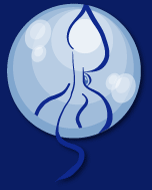

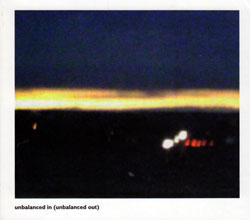
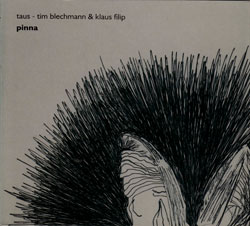

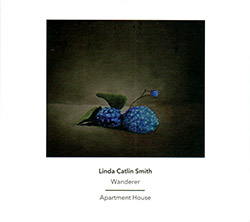
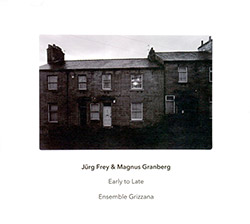
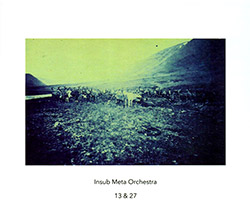
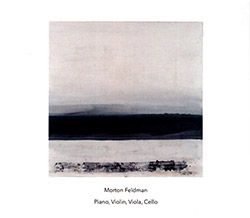
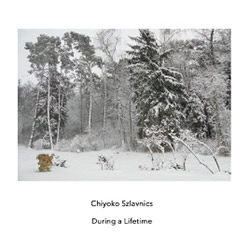

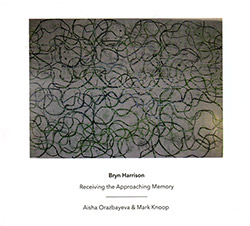
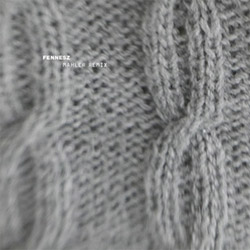
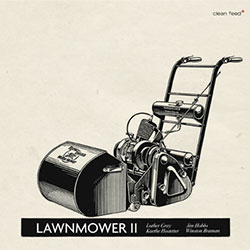
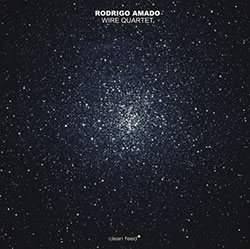
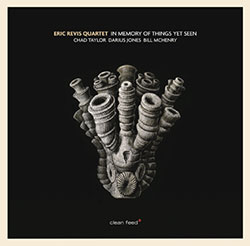
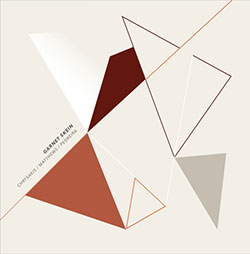
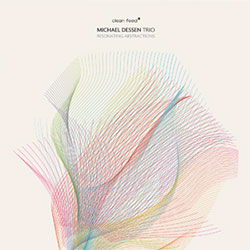
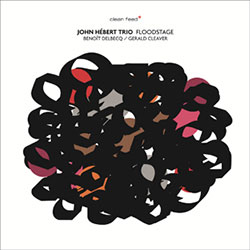
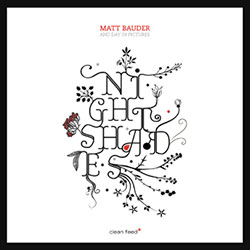
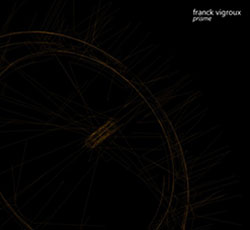
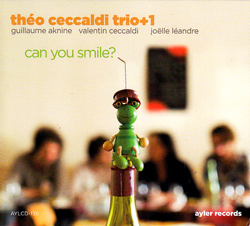
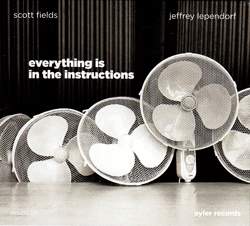
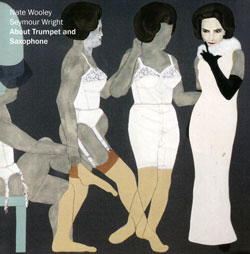
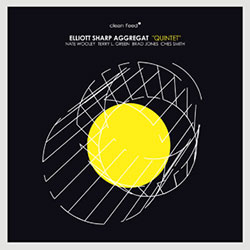
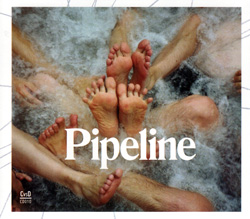
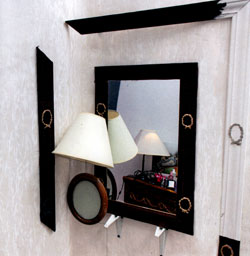
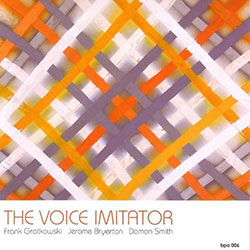

![Niblock, Phill / Anna Clementi / Thomas Stern: Zound Delta 2 [VINYL]](https://www.teuthida.com/productImages/misc4/34623.jpg)
![Yoko, Ono / The Great Learning Orchestra: Selected Recordings From Grapefruit [2 CDs]](https://www.teuthida.com/productImages/misc4/35841.jpg)
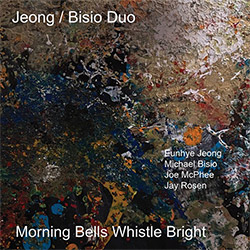
![Brotzmann, Peter / John Edwards / Steve Noble / Jason Adasiewicz: The Quartet [2 CDs]](https://www.teuthida.com/productImages/misc4/35975.jpg)
![Brotzmann, Peter / John Edwards / Steve Noble / Jason Adasiewicz: The Quartet [VINYL 2 LPs]](https://www.teuthida.com/productImages/misc4/35976.jpg)
![Thomas, Pat: The Solar Model of Ibn-Al Shatir [VINYL]](https://www.teuthida.com/productImages/misc4/36044.jpg)

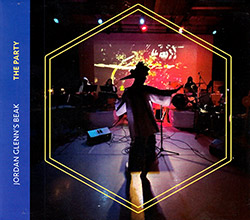
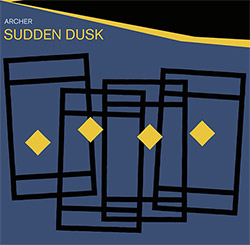
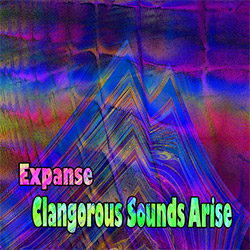
![Rodrigues, Ernesto / Nuno Torres / Guilherme Rodrigues: Whispers In The Moonlight - In Seven Movements [2CDs]](https://www.teuthida.com/productImages/misc4/35765.jpg)
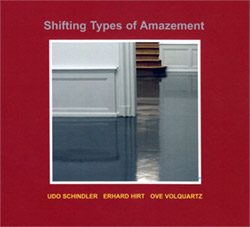
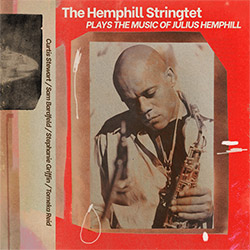
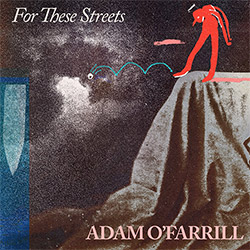
![Cocks, Laura: FATHM [VINYL]](https://www.teuthida.com/productImages/misc4/36055.jpg)
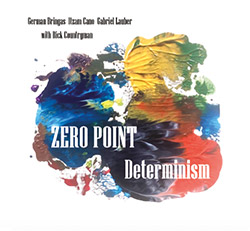
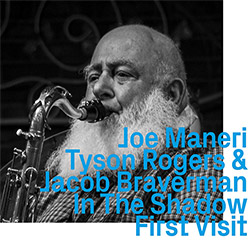
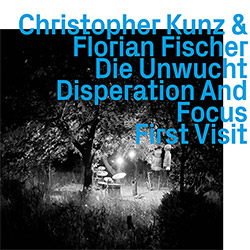
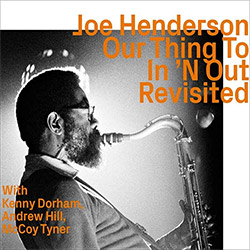
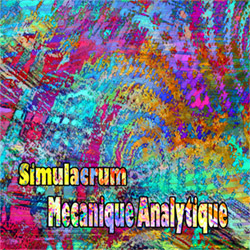
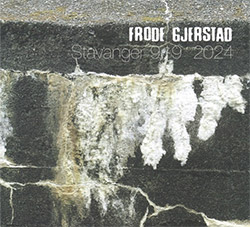
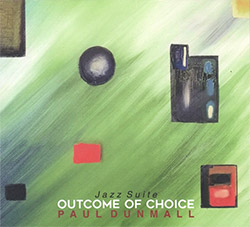

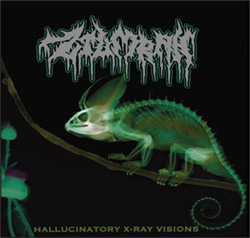
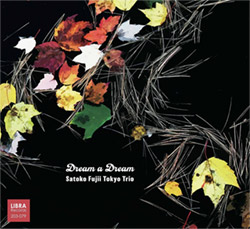
![Ackerley / Prymek / Turner: All Hope With Sleeping Minds [CASSETTE]](https://www.teuthida.com/productImages/misc4/35950.jpg)
![Myers, David Lee : Tin Drop Tear [BOOK w/ DOWNLOAD]](https://www.teuthida.com/productImages/misc4/36030.jpg)
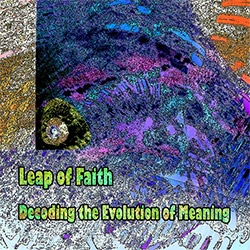
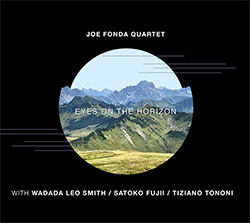
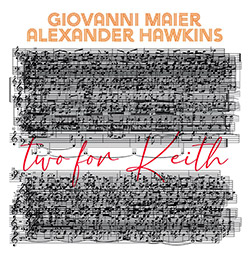
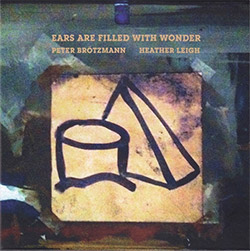
![Schindler, Udo / Sandy Ewen / Damon Smith: Munich Sound Studies Vols. 4, 5 & 6 [3 CDs]](https://www.teuthida.com/productImages/misc4/35966.jpg)
![Turbulence Orchestra & Sub-Units: Smear Out the Difficulties (Double Live) [2 CDs]](https://www.teuthida.com/productImages/misc4/36048.jpg)
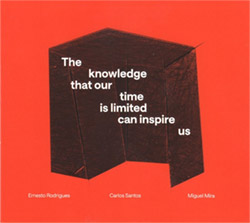
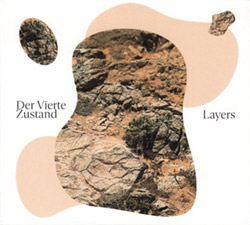
![Perelman, Ivo / Tyshawn Sorey: Paralell Aesthetics [2 CDs]](https://www.teuthida.com/productImages/misc4/35871.jpg)
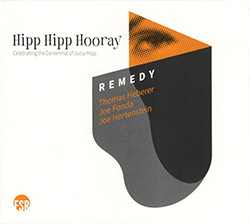
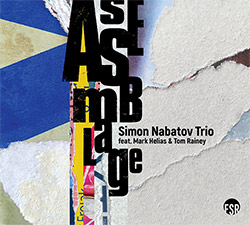
![Sjostrom, Harri: SoundScapes #4 Festival Berlin 2023 [3 CDs]](https://www.teuthida.com/productImages/misc4/35874.jpg)
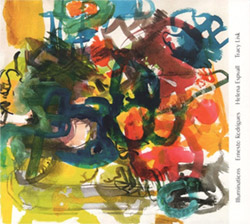
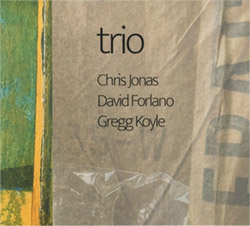
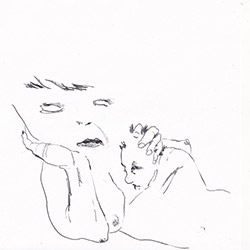
![Glenn, Jordan: Flustered [CASSETTE]](https://www.teuthida.com/productImages/misc4/35948.jpg)
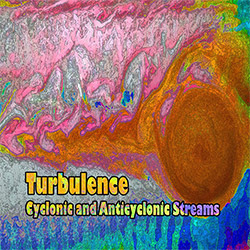
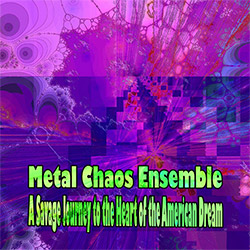
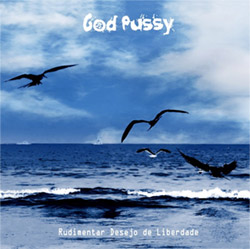
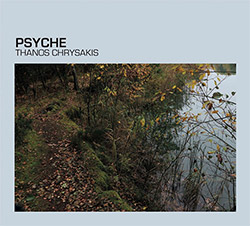
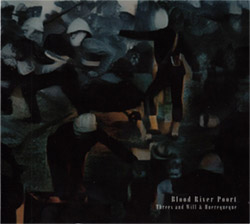
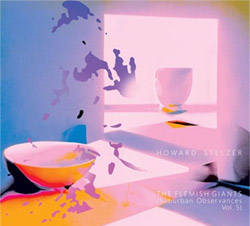
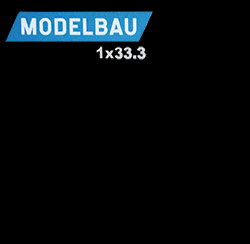
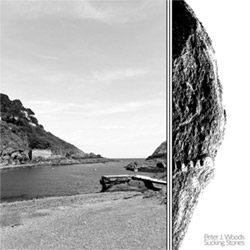
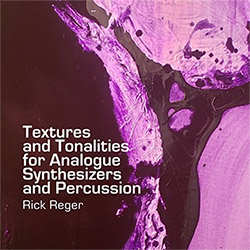
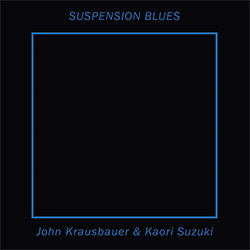
![Olencki, Weston : Pearls Ground Down To Powder [VINYL]](https://www.teuthida.com/productImages/misc4/35956.jpg)
![Myers, David Lee: Oculus [2CDs]](https://www.teuthida.com/productImages/misc4/35857.jpg)
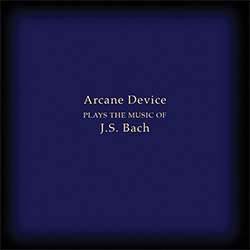
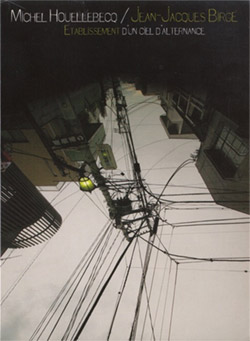
![dustsceawung: dustsceawung [CASSETTE w/ Download]](https://www.teuthida.com/productImages/misc4/35753.jpg)

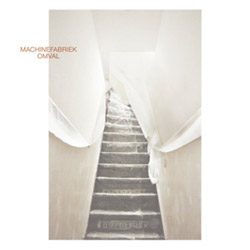
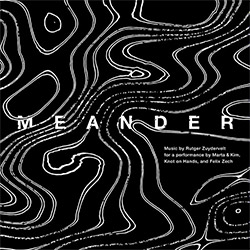
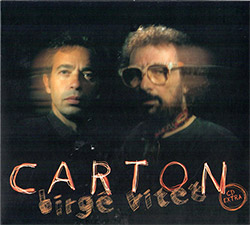
![Halls of the Machine: Atmospheres For Lovers And Sleepers [CASSETTE w/ DOWNLOAD]](https://www.teuthida.com/productImages/misc4/35806.jpg)
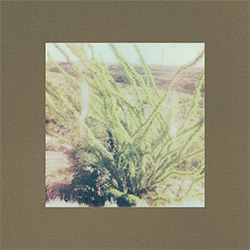

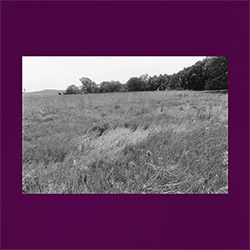
![AHC (Alexander Cooper): Lase [2 CDs]](https://www.teuthida.com/productImages/misc4/35754.jpg)
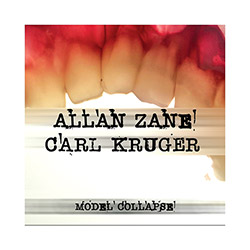
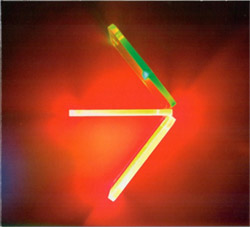
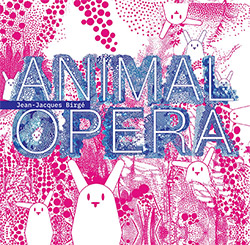
![Fagaschinski, Kai / Yan Jun : Graveyard Processions [VINYL w/ DOWNLOAD]](https://www.teuthida.com/productImages/misc4/35474.jpg)
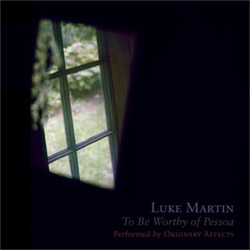
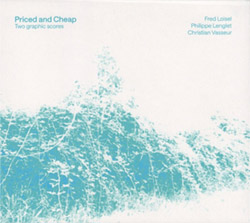
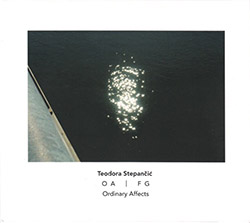
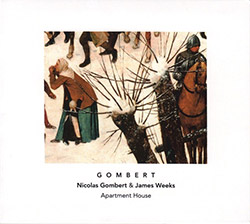

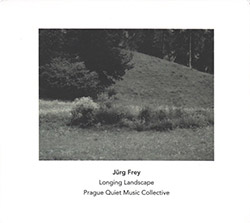
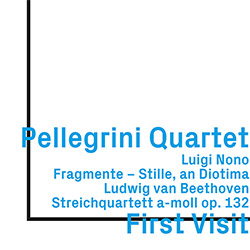
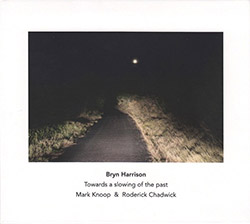
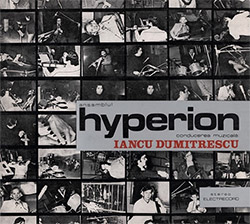
![Zorn, John / JACK Quartet: The Complete String Quartets [2 CDs]](https://www.teuthida.com/productImages/misc4/35609.jpg)
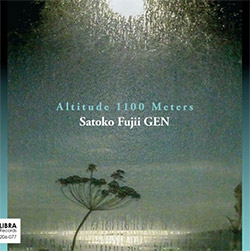
![Lonsdale, Eden: Dawnings [2 CDs]](https://www.teuthida.com/productImages/misc4/35480.jpg)
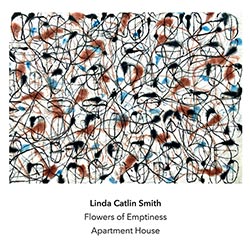
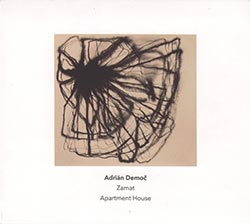
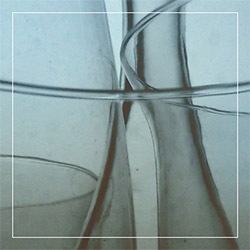
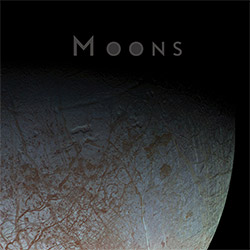
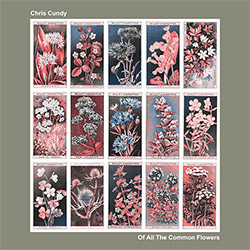
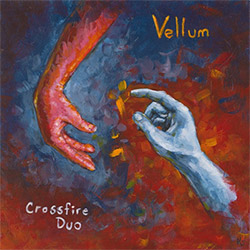
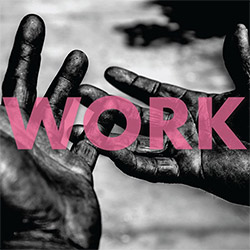
![Sanna, Claudio: Compositori Sardi Contemporanei II [2 CDs]](https://www.teuthida.com/productImages/misc4/35317.jpg)

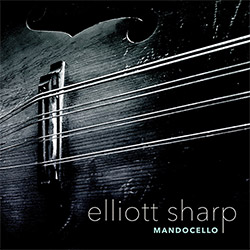
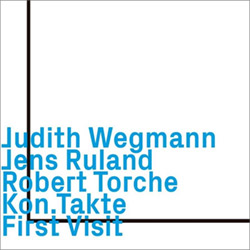
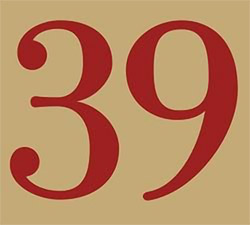
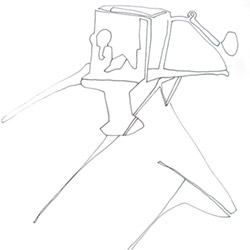
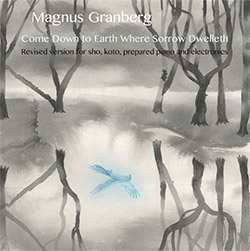
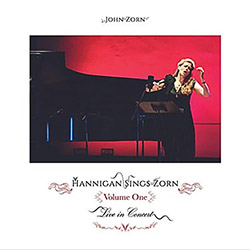
![Zurria, Manuel: Fame di Vento [3 CDs]](https://www.teuthida.com/productImages/misc4/35167.jpg)
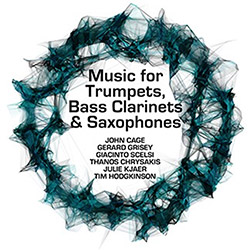
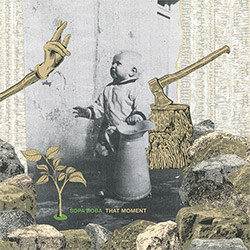
![Electric Bird Noise / Derek Roddy: 8-10-22 [CD EP]](https://www.teuthida.com/productImages/misc4/35970.jpg)
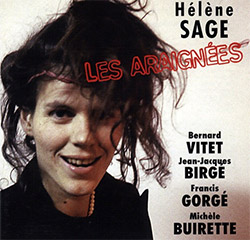


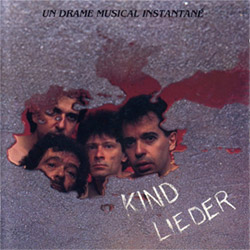
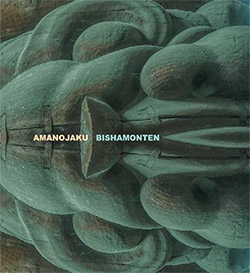
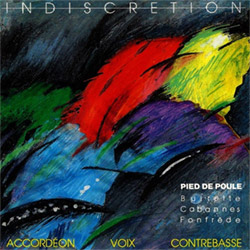
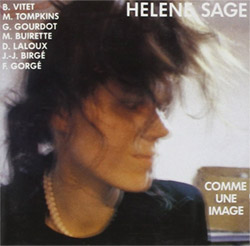
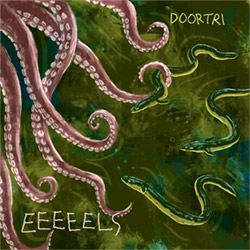
![Elephant9 : Mythical River [VINYL]](https://www.teuthida.com/productImages/misc4/34624.jpg)
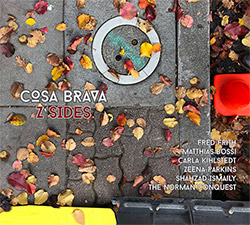
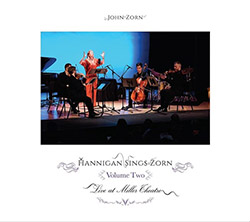
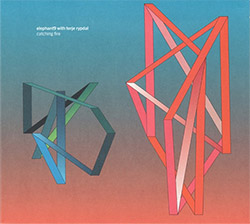
![Elephant9 with Terje Rypdal: Catching Fire [VINYL 2 LPs]](https://www.teuthida.com/productImages/misc4/35355.jpg)
![Deerlady (Obomsawin, Mali / Magdalena Abrego): Greatest Hits [VINYL]](https://www.teuthida.com/productImages/misc4/34876.jpg)
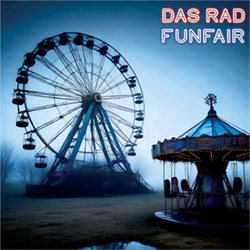
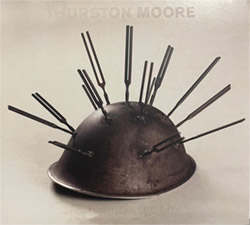
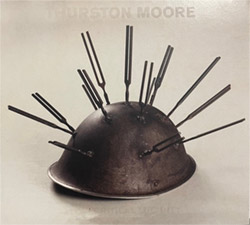

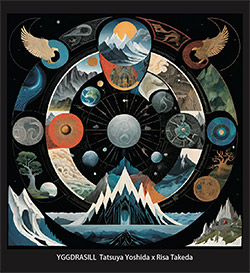
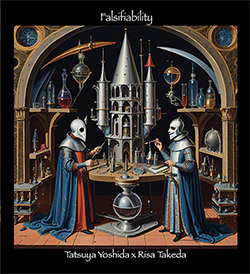
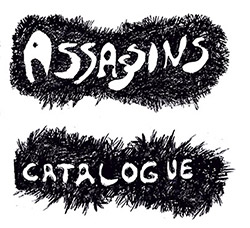
![Surplus 1980: Illusion of Consistency [CD]](https://www.teuthida.com/productImages/misc4/35069.jpg)
![Staiano, Moe: Away Towards the Light [VINYL + DOWNLOAD]](https://www.teuthida.com/productImages/misc4/35037.jpg)
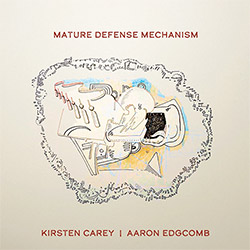

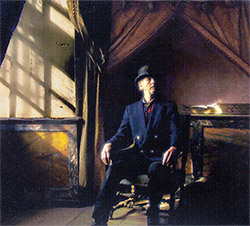
![Caveira (Gomes / Sousa / Abras / Ferrandini): Ficar Vivo [VINYL]](https://www.teuthida.com/productImages/misc4/34643.jpg)
![Coley, Byron: Dating Tips for Touring Bands [VINYL]](https://www.teuthida.com/productImages/misc4/17906.jpg)
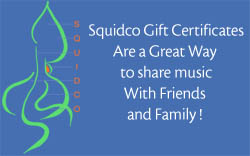
![Lost Kisses: My Life is Sad & Funny [DVD]](https://www.teuthida.com/productImages/misc4/lostKissesDVD.jpg)